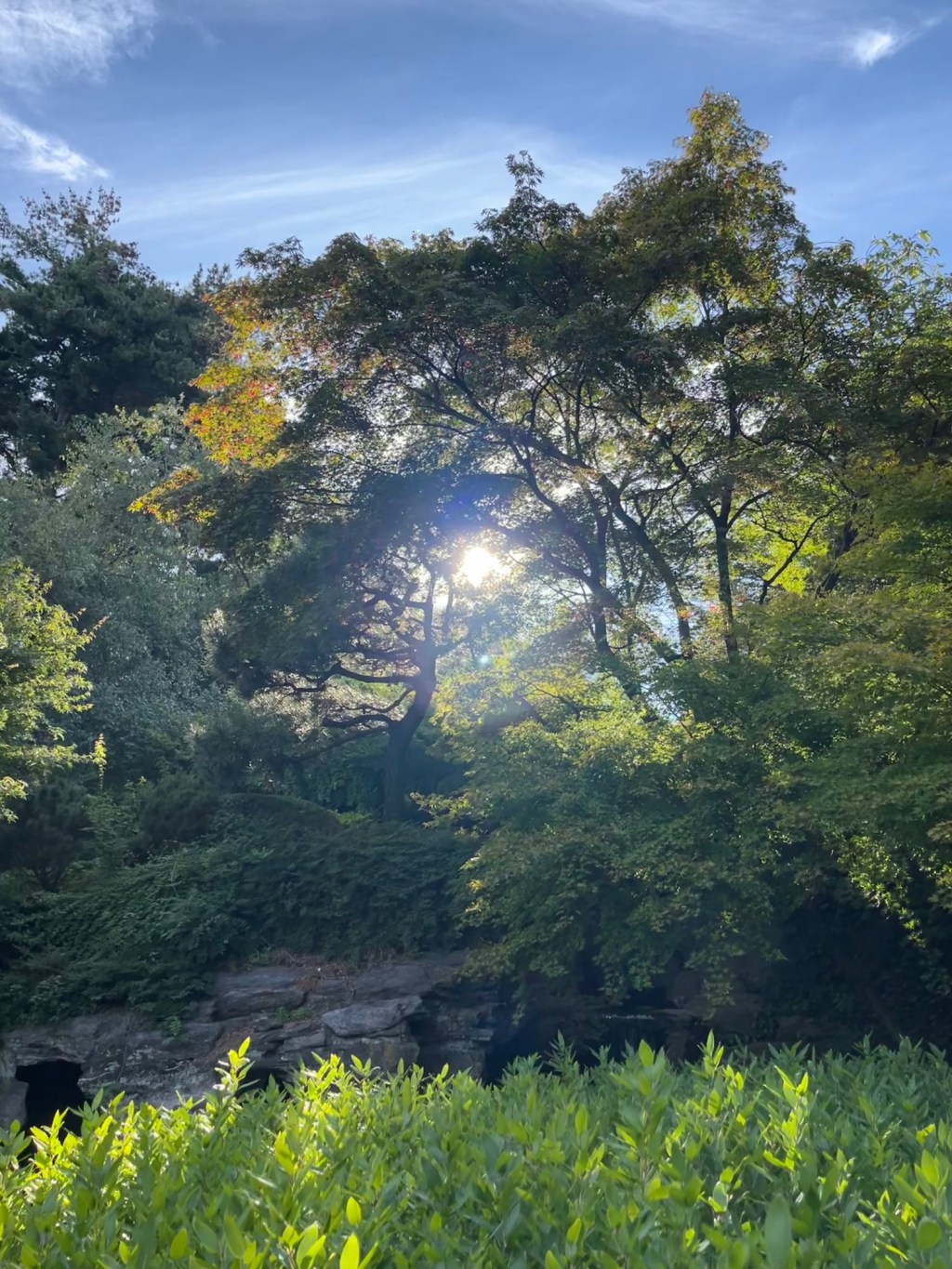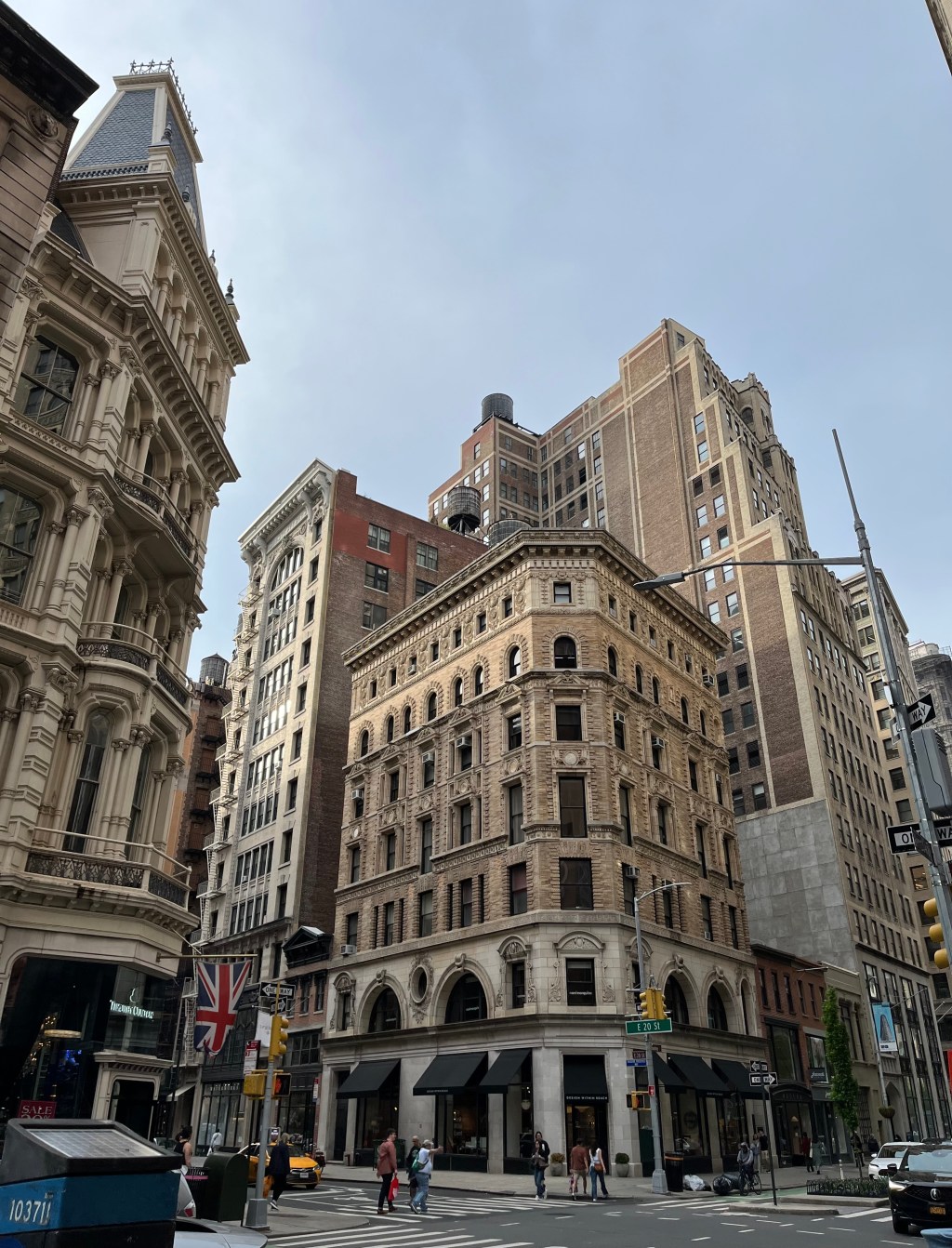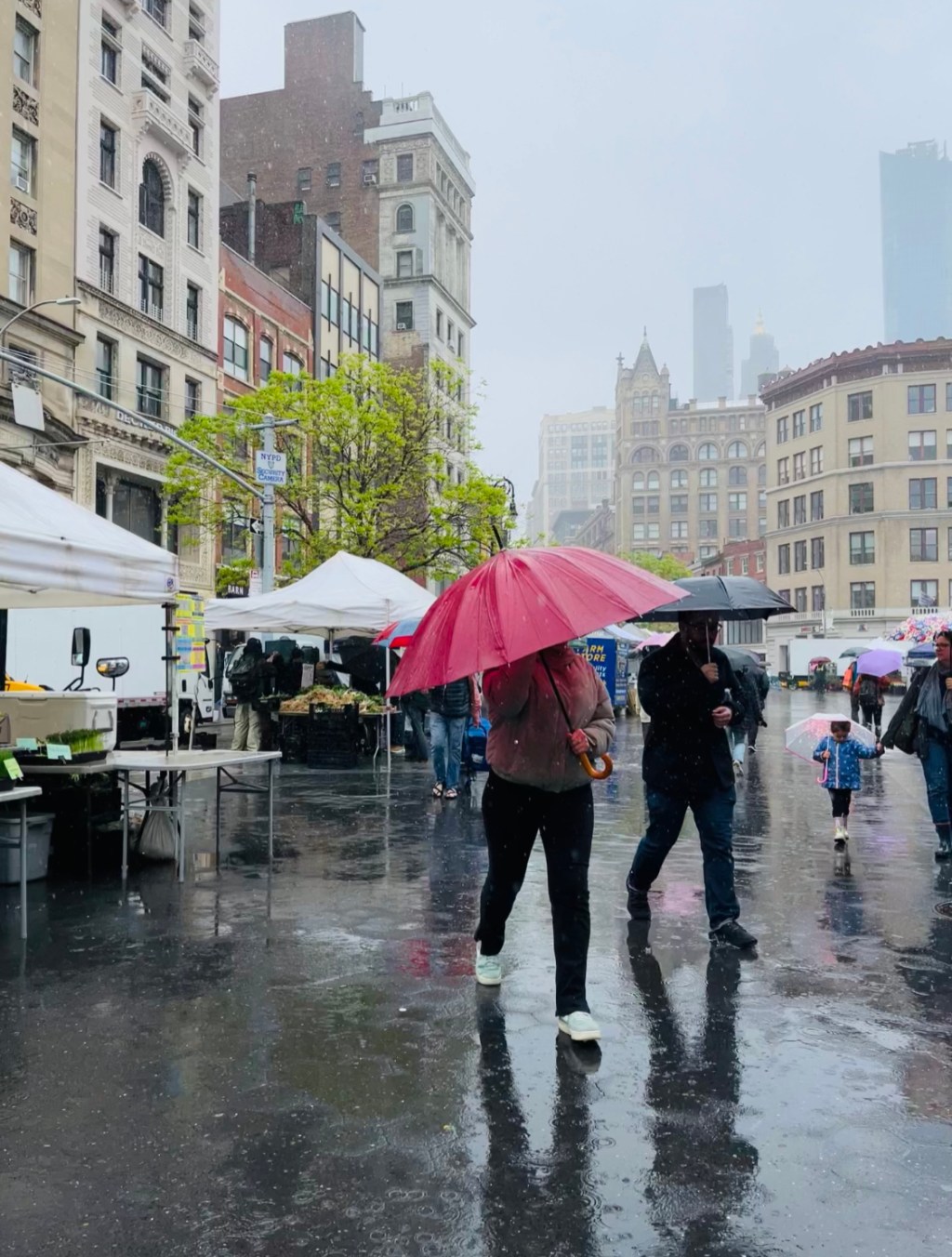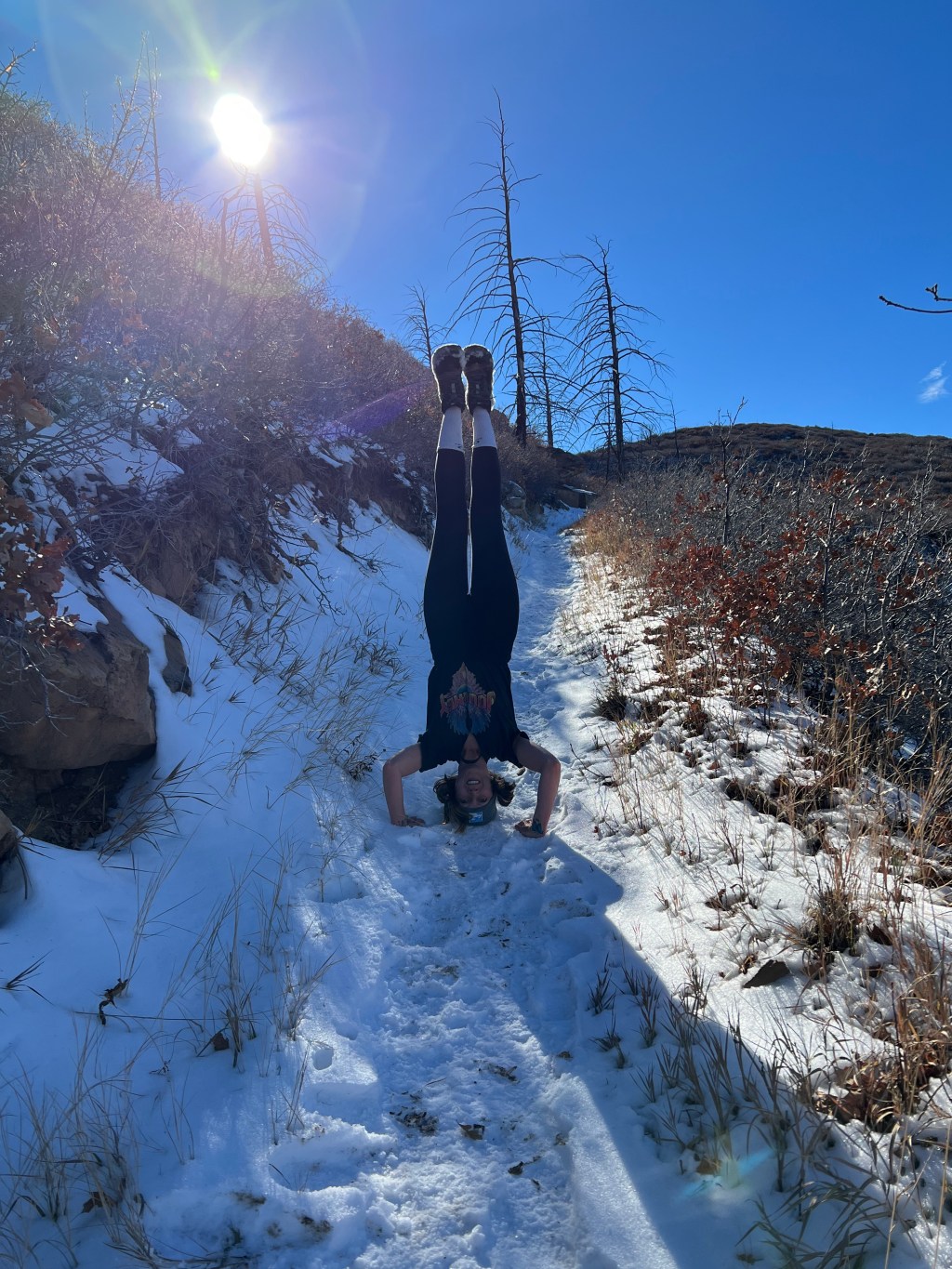“It’s not that easy to let go of the way you were taught to think about everything.” -Leah Remini, Season 1: Episode 10 Scientology and the Aftermath
I have recently begun to re-evaluate a chapter of my life I thought had closed long ago: that is, the departure from my childhood religion, Christian Science. I haven’t set foot in the church in nearly a decade, nor read the literature, nor followed the principles with which I’d been raised — not consciously, at least. At age 42, however, I began to realize how deeply entrenched some of the old messages were in my subconscious. In large and small ways I would find myself startled that they were still there, operating just as they had been programmed to do since childhood, deep underneath the surface of my conscious awareness.
Christian Science is not to be confused with Scientology, in spite of the slightly similar name. In case you’re unfamiliar with it, Christian Scientists are the ones who don’t use doctors. They also don’t use medicine of any kind, nor drink alcohol/coffee, nor smoke cigarettes. They generally don’t get vaccinated, due to religious exemptions protected by the First Amendment. Perhaps you’ve heard about the children whose parents were sued for medical neglect following their children’s deaths from treatable illnesses? Yep, those were the Christian Scientists, or “Scientists” for those in the know. There is nothing scientific about it, as many have pointed out. Others have called the religion a cult. From a young age, I learned to stay quiet about it around non-Scientists, lest I get an earful of questions I really didn’t want to answer.
The first time I felt as if my religion had marked me with a scarlet letter, I was only 6 — in first grade. I had been looking forward to watching a video in the auditorium with my fellow classmates. As I walked side-by-side with my friends, giggling and whispering on our way out of our classroom, a teacher’s assistant singled me out, pulled me aside, and led me away from my peers and into the school library. I thought I was in trouble, but she reassured me that I was not. She explained that my parents had asked for me to refrain from watching the video with other students, because the topic would be about health and that was forbidden on religious grounds. Looking back, it’s sort of ironic to think that the religion’s primary textbook, Science and Health, denied the reality of both science and health.
The teacher’s assistant was slightly amiss, however. Even at 6, I understood that it wasn’t “my parents” forbidding me from watching a video about health. It was my maternal grandmother. My dad had been raised Catholic. He and my mom were separated and Mom not only had physical custody but also religious custody of me and my two siblings. Mom had been raised a Scientist and was currently living with her mother, my maternal grandmother, during the separation. Dad lived 1,000 miles away and would certainly not have approved of keeping me cordoned off from the rest of my class on a religious basis, I thought. No, the person behind this was most certainly Grandma.
***
Grandma was the matriarch of my childhood. She stepped in and helped out my mom during my parents’ rocky marriage. I remember Grandma’s warm hugs, her soothing words, the sparkle in her eyes. She taught me Christian Science prayers and sang Christian Science hymns to me when I was sick. She would say encouraging things and always focus on the positive. She had her own life, too—with hobbies like oil painting and volunteering. She had meaningful work that she enjoyed (as a nurse in a Christian Science nursing home); she was well-dressed, attractive, and had a good sense of humor. Grandma made the world a safe place for me: her modest A-frame home in the tree-lined suburbs of Minneapolis felt like Home with a capital “h.”
Grandma encouraged Mom to bring us to Christian Science church on Sundays, and to spend free time with fellow Scientists on weekends and summers. This usually translated to my cousins or the girls in my Sunday School class. Grandma delighted when one of them encouraged me to enroll in Christian Science summer camp. It was there that I met my first boyfriend at age 13, and to this day I am sure that the only reason I was allowed have a boyfriend at that tender age was because he, too, was a Scientist.
Grandma connected me with my first part-time job, as a nurse’s aide at the Christian Science nursing home where she worked. It was the same nursing home where she died in 2000, presumably of a stroke (although, of course, she was never diagnosed). Grandma had been such an influential force in my childhood, and her religion defined her. Speaking against the church would feel like betraying her, somehow. For many years, even in the agnostic days of my adolescence, I wouldn’t have dared.
Upon making peace with my own version of a higher power in young adulthood, I tried to return to the church. However, after Grandma’s death, every time I set foot in a Christian Science church, I couldn’t help but think, “This was GRANDMA’S religion . . . not mine.” I would attend the service to honor her memory, and try hard not to burst into tears because the hymns reminded me so much of her. I loved Grandma dearly and miss her still, 22 years later. Yes, she belonged to what some might call a cult that has hurt and decieved countless people, including children who didn’t have a say in the matter. I know now, however, that things are not so black and white. There is plenty of room for gray in-between.
***
From what I’ve been told, my Grandma converted to Christian Science following her marriage. Her late husband had been raised in the religion and her mother-in-law (my great-grandmother) had herself converted to Christian Science after it allegedly healed her of tuberculosis in the 1930s or 1940s. Christian Science during that time was somewhat of a chic religious movement. Certain creative types of the period, including Hollywood actors, were drawn to what they saw as “a glamorous form of mysticism” (Fraser, 2019, p. 211). Unlike other religious movements which coddle their celebrities and use them as a way to drawn in new converts, Christian Science stayed out of the limelight.
The religion had been founded by a WASPy New Hampshire native, Mary Baker Eddy, who was strongly influenced by tutelage under Phineas Parkhurst Quimby, a clockmaker, mesmerist, and popular healer during the mid-1800s. When Quimby first met Mary Baker Eddy, who would go on to found Christian Science, the latter was someone who had suffered from ill health and misfortune for much of her life. In 1866, after several years of studying under Quimby, Eddy healed herself from injuries after falling on the ice (Fraser, 2019). She read Bible accounts of Jesus’ healing techniques and had a revelation that would eventually become the basis for the religion, summarized by one of the religion’s tenets: “ . . . unity with God through Christ Jesus the Way-shower . . . we acknowledge that man is saved through Christ, through Truth, Life, and Love as demonstrated by the Galilean Prophet in healing the sick and overcoming sin and death” (Eddy, 1925, p. 497). Eddy spent years working on the textbook that would eventually become the religion’s official pastor after her death, Science and Health. Eddy eventually took on students of her own and, over time, the religion blossomed until her death in 1910 (Fraser, 2019).
“In the decades since [her death], the Church’s progress has resembled an arc, rising higher through the 1920s and 1930s as the glamour of Hollywood rubbed off on Christian Science and membership continued to grow, then leveling off, stagnating, and falling through the 1950s, 1960s, and 1970s. Throughout this time, the church was in fact losing a battle it never could have won, a battle it has barely acknowledged: the battle against medicine,” (Fraser 2019, p. 297).
The religion lost popularity — and some might say credibility — as schisms developed in the Church’s governing board. Moreover, bad publicity about Christian Science overwhelmed the media following highly-publicized cases of children dying from treatable diseases because their parents had eschewed medical intervention and opted, instead, to treat the conditions using Christian Science prayer.
I never met my great-grandmother, nor Grandpa. They both died before I was born. I’ve been told that Grandpa died of a condition that could have been easily managed by Western medicine. He was never diagnosed, namely because he would rather (and did, in fact) die before setting foot in a doctor’s office. From what my mom and aunts could gather from his symptoms, Grandpa had diabetes. He died middle-aged, at home, without any medical attention. His two youngest daughters (my aunts), presumably disillusioned with the religion whose reliance on prayer instead of medicine killed their father prematurely, fled the religion and never looked back.
Grandma wouldn’t talk much about her late husband’s death. She would only tell me stories of the younger, healthier version of Grandpa. If I or my siblings were to push the boundaries and ask prying questions about why Grandpa died so young, we would be met with strong resistance and the conversation would quickly be shut down. These memories define what I understand to be the downfall of the religion: denial of anything negative. Topics such as sickness, war, death, were deemed “erroneous belief,” “Mortal Mind,” or simply “error.”
“Don’t let the error get you,” a particularly snarky girl at summer camp would say with a laugh. “It might land on your shoulder and stay there forever.” She was right about it landing on my shoulder: my first year at camp at age 12, I came home with a head full of lice and an infectious sore throat. I had been coughing and nursing a fever for the final days of my two-week stay. At some point, the counselors had sent me to the Care House. It was essentially an infirmary, only to call it by its name would be to acknowledge that “infirmities” existed in the first place and to Scientists, sickness is mere illusion. In the Care House, the Christian Science practitioner (the religion’s version of a healer) reminded me that I was a perfect reflection of God. My sickness was a reflection of a mind steeped in error. Although I didn’t say it aloud, I took this to mean that I was to blame for my symptoms — not exactly helpful at the time, but what choice did I have? After a full day of rest and prayer (which translated to reading church literature and reciting prayers), the practitioner sent me on my way. I was forced to return to my fellow campers, still feverish and trying my best to remember my perfection in God’s eyes.
The sickness would only last so long my belief was steeped in sin and error, I thought. If I willed myself not to be sick, perhaps I wouldn’t feel so bad. I was learning to perfect the Christian Science art of denial. In doing so, I somehow managed to have a good time, in spite of my symptoms. My fellow campers and I went hiking, waterskiing, and horseback-riding. When I got home at the end of the two weeks, Mom broke down and brought me to the local pediatrician, without mentioning a word about it to Grandma, who would have thrown a fit. The pediatrician confirmed that I had strep throat, told us I was “lucky” it hadn’t gotten worse, and prescribed a round of antibiotics. The symptoms resolved within days, but I don’t remember seeing a doctor again for several years after that. Maybe Mom was feeling particularly remorseful. In the years that followed, I didn’t question why I wasn’t visiting doctors regularly—it simply never crossed my mind. It wasn’t until recently, working as a social worker in pediatric ambulatory care at a Brooklyn hospital, that I realized: “Holy cow! Some of these kiddos see their doctor multiple times a year!”
I’m certain that I’m not alone in my ignorance. In spite of an advanced degree from a prestigious university, I’m learning how to care for myself in ways that others might take for granted. As the author of a recent article on faith-based medical neglect points out, Christian Science consists “an upper-middle-class membership that is well-educated except on health and the body,” (Swan, 2020). I haven’t called myself a Christian Scientist in years, but the religion of my childhood left an indelible imprint. Decades later, I have difficulty scheduling annual exams or following up with specialists, although I’m getting better at it. I’ve tried my hardest to fit the mold of perfect health, because I learned young that if I got sick, I wasn’t reflecting God, and that was on me.
I’ve had extreme difficulty trusting my own judgment on more occasions than I care to admit, even though I’m booksmart and have intuition that seems, at times, to have proven spot-on. I simply haven’t trusted myself enough to follow that intuition. Now I know why. I, and other Christian Science children, are taught to believe that our human bodies are “not made up of brain, blood, bones” (Eddy 1925, p. 475). We are taught to listen to others’ convictions rather than to trust ourselves and to think for ourselves. Around the time that I was in my late teens and becoming disillusioned with Christian Science, the church’s publishing society devised a new slogan to re-brand Science and Health. That slogan? “For people who aren’t afraid to think,” (Fraser 2019, p. 465).
Well, I’ve been thinking a lot lately and it’s a bit unsettling. For the first time in my life, I’m processing my own religious trauma. I’m sorting out what is illusion, what is delusion, and what is reality. For example, this moment is real. This keyboard, this laptop monitor, these fingertips clickety-clacking away are solid matter. My breath is real, my heartbeat, my feet curled up beneath me on this sofa cushion. Sure, this moment will eventually pass . . . but right now it matters and my acknowledgement of it is important.
I sense this is a journey that I’ve only just begun.
References
Eddy, Mary Baker. Science and Health with Key to the Scriptures. Boston: The First Church of Christ, Scientist, 1925. Originally published in 1893.
“Episode 10.” Leah Remini: Scientology and the Aftermath, created by The Intellectual Property Corporation (IPC), Season 1, Episode 10, No Seriously Productions, 2017.
Fraser, Caroline. God’s Perfect Child: Living and Dying in the Christian Science Church. New York: Picador, 2019. Originally published in 1999.
Swan, R. Faith-Based Medical Neglect: for Providers and Policymakers. Journ Child Adol Trauma 13, 343–353 (2020). https://doi.org/10.1007/s40653-020-00323-z






